“Print is dead,” or so the saying goes. But one look at the Spitting Image Art Book Fair suggests otherwise.
When nearly everything from news to artwork is now accessible on a screen, print can feel like an outdated afterthought. But for two days on March 22 and 23 at Wollman Hall, the Spitting Image Art Book Fair offered something different. It opened a room for visitors to thumb through pages, capturing the immediate and lasting nature of printed material and centering it as an exchangeable medium.
For its second year, Spitting Image returned with more than 30 student exhibitors and an 80% increase in applicants from its debut. Presented in collaboration with the Vera List Center for Art and Politics’ New School New Books event, the fair featured a mix of student-created zines, handmade art books, photo prints, and other print-based work. Visitors could browse exhibiting tables, participate in collage-making workshops, and attend panel discussions about publishing.
The fair emphasized the physicality of print through community engagement with exhibited materials. From pocket-size prints meant to be taken home to a tea and coffee-dyed accordion book that carried a lingering scent, the works invited visitors to read with their hands as much as their eyes.
Founded and directed by Camila Pernisco, a fourth-year literary studies student at Eugene Lang College of Liberal Arts, and organized by a student committee including Gabriella Acquafredda, Manuela V. do Amaral, and Poli Sotnik-Platt, the team continues to expand its mission of cultivating a space for print media across departments university-wide.
“People would come up to us [last year] and say how needed an experience like that was,” Amaral, a fourth-year literary studies student and the fair’s administrative assistant said. “We wanted … to honor the need for a space like this and the care that everybody has for their own work and for everybody else’s work.”
This year, the committee made a point to include more students from Lang, hoping to incorporate more text-driven work such as poetry, prose, and chapbooks — small printed booklets primarily containing literature. They also introduced the single-object exhibition in response to high applicant interest, a new feature for students who submitted only one piece that allowed works to be placed in conversation with one another. These included a 2-by-2 foot laser-engraved steel art book by Kan Pitichaichan and a woodblock print by KaiQin Zhou.
For Acquafredda, the fair’s creative director and a fourth-year BAFA student studying communication design and literary studies, it was vital that the visual identity of the fair reflect its values.
“It was important to me that everything was done physically … even the digital stuff began as a piece of printed work,” Acquafredda said. “It’s important that we stray away from the digital a little bit … that people are still highlighting the handicraft and handwork that goes into this.”
The committee also looked outward this year, aiming to build connections not just within the university but with the city itself. Beyond the tables, roundtable events brought attendees into broader conversations about publishing as both a practice and a way of gathering. One featured Lang professor, Rachel Valinsky, publisher and co-founder of Wendy’s Subway — a nonprofit library and writing space based in Brooklyn — alongside Kimi Malki Hanauer, founding editor and organizer of Press Press, a publishing initiative rooted in immigrant and diasporic communities.
A lecture by Be Oakley, founder of GenderFail — a publishing platform exploring queer identity — focused on sustainability and building community within the publishing sphere.
At the same time, what drives the fair most is the team’s desire to create a space where artists can be artists and exchange ideas. According to Amaral, one of the committee’s favorite parts of organizing the fair was pairing artists together during tabling to encourage future collaboration across departments and mediums.
“What I found in those communities was not necessarily the interaction with visitors being the focal point, but the interaction amongst other artists was my favorite thing,” Pernisco said.
For instance, Moe Ebii, who is also the head of design for print for the New School Free Press, and Jen Liu — who had exhibited separately last year — joined forces this time to create Loose Buttons, an issue-based project that focuses on promoting women-owned businesses.
“It’s very inspiring to see all of the work that’s being created … even though there are so many people here, we don’t see a lot of work outside of our majors, and this is a great way to see what everybody’s up to,” Chris Gentile, a returning exhibitioner and fourth-year BAFA student said.
The fair continues to grow not only in size but also in intention. At a time when it can feel like creative work is made for digital consumption, it’s refreshing to see a desire among students to make work that lingers physically and in the conversations that follow.
Print may not always be as visible today, but its presence still holds weight.
Pernisco puts it best: “Go there, touch all the books. I think that’s the best part of it … seeing people interact with everyone’s work.”
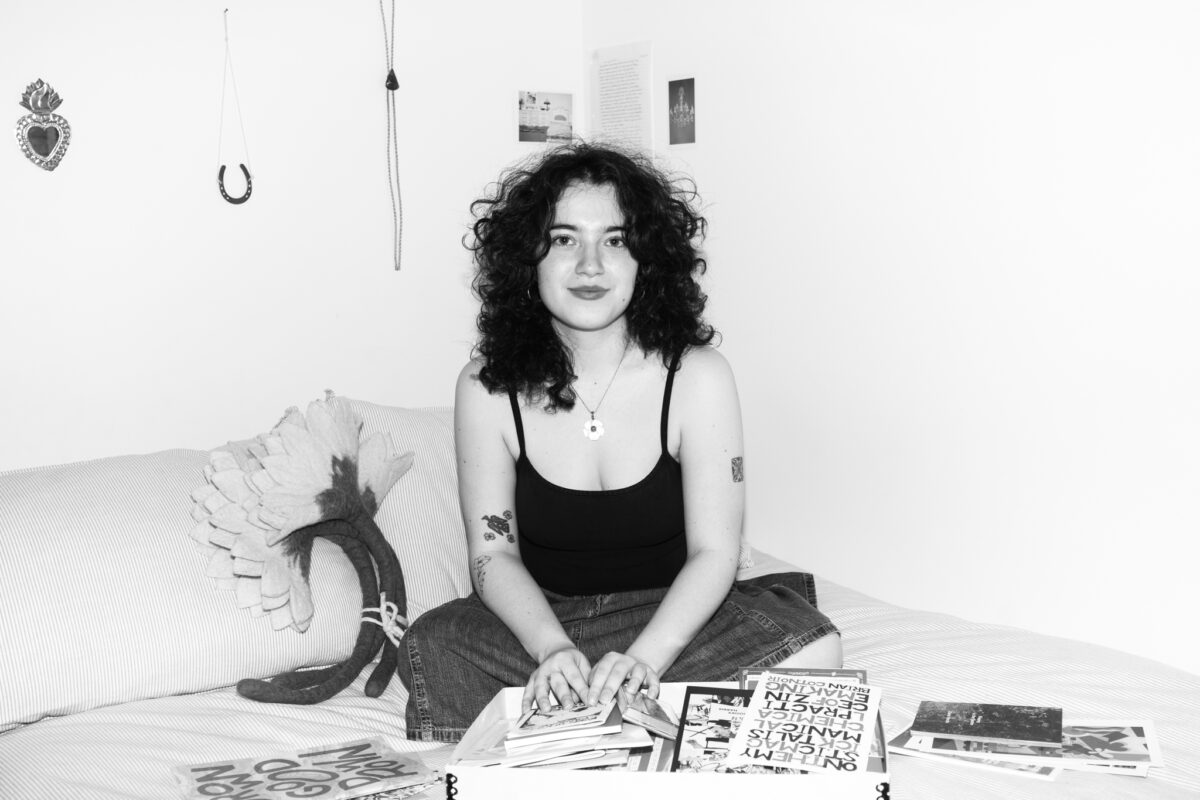

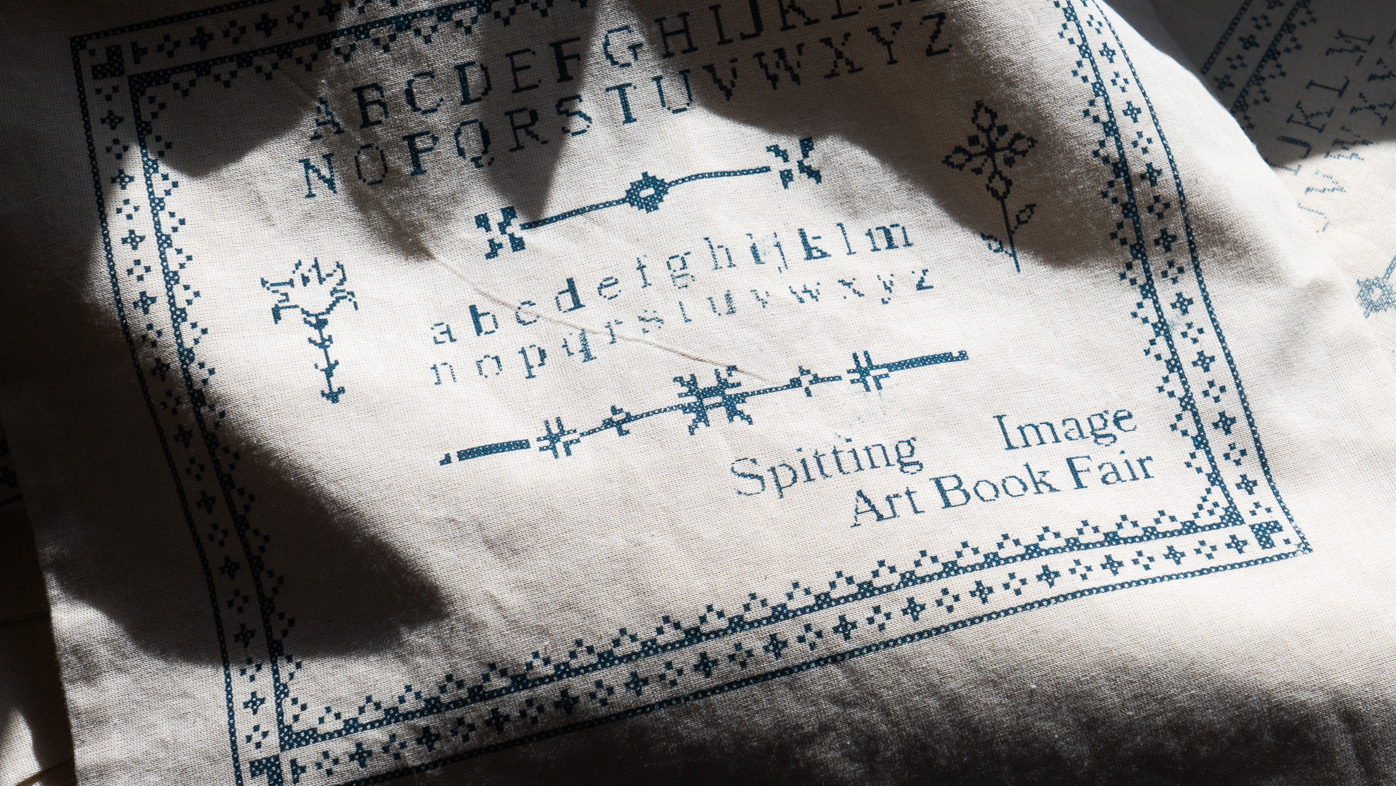
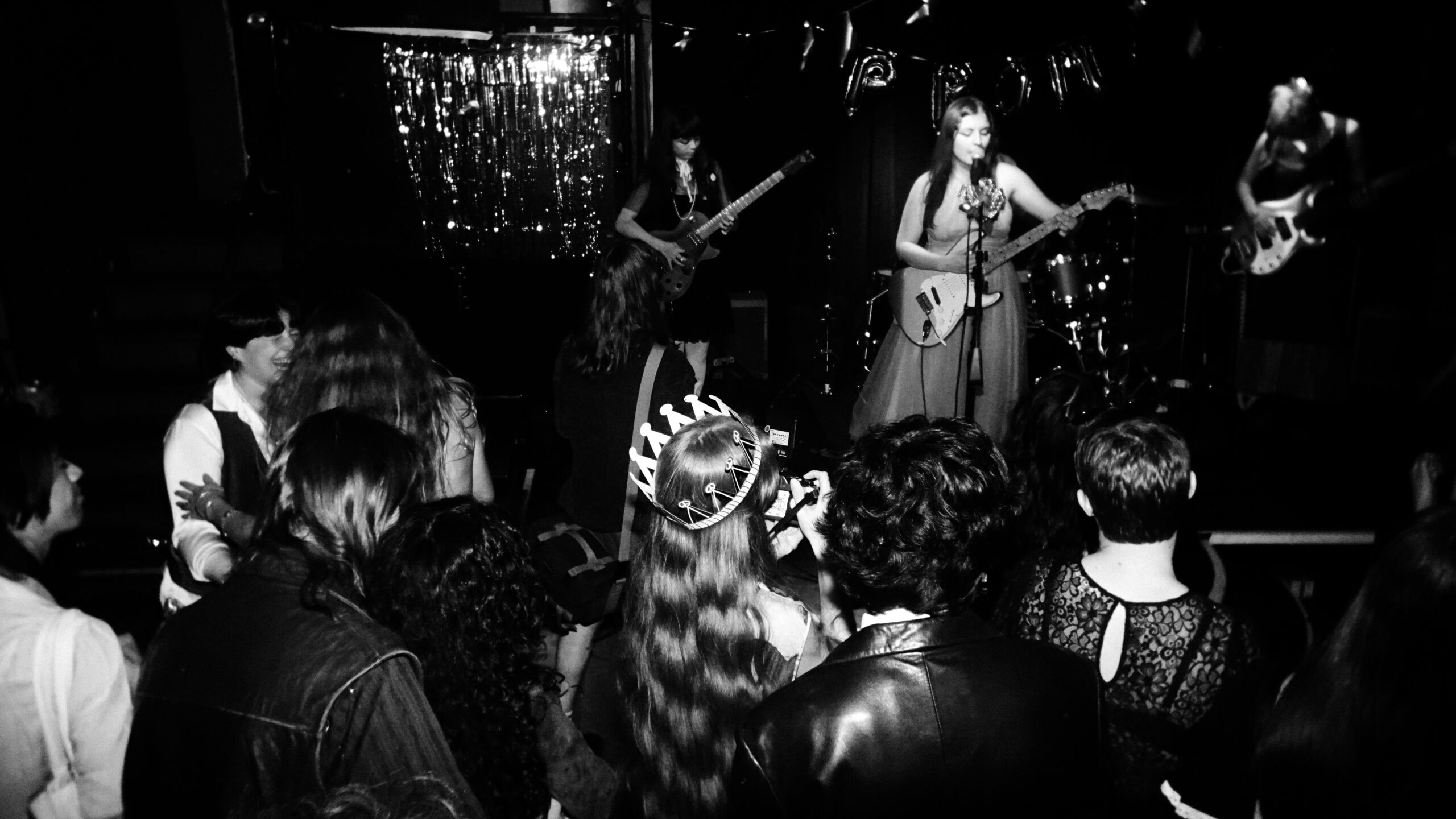
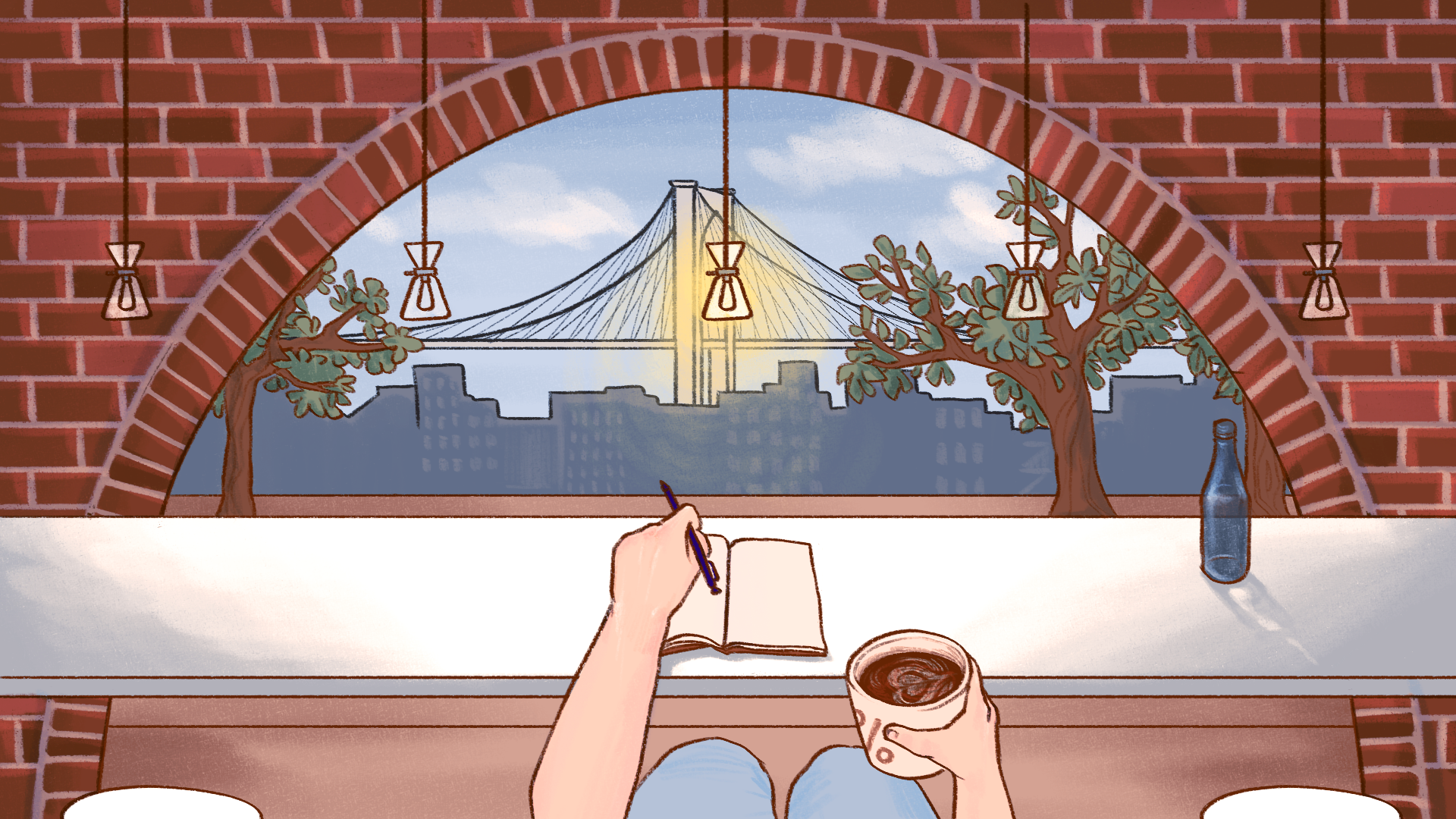

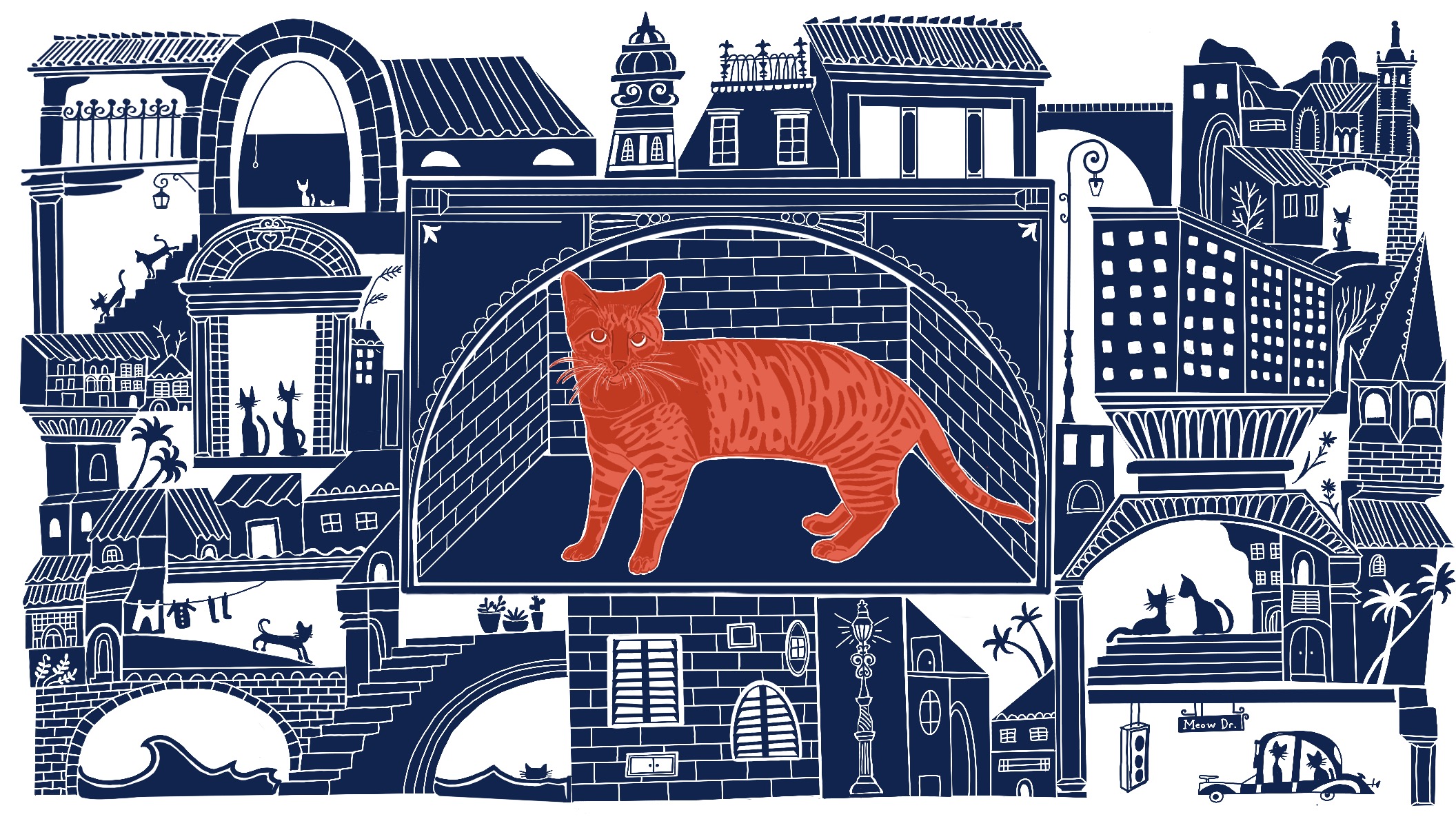
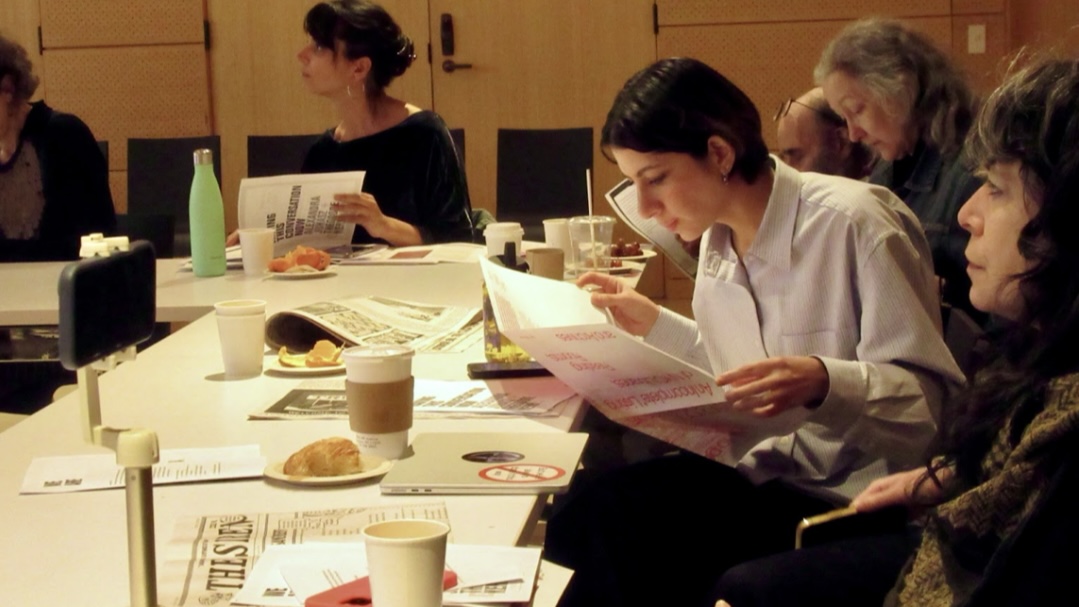
Leave a Reply